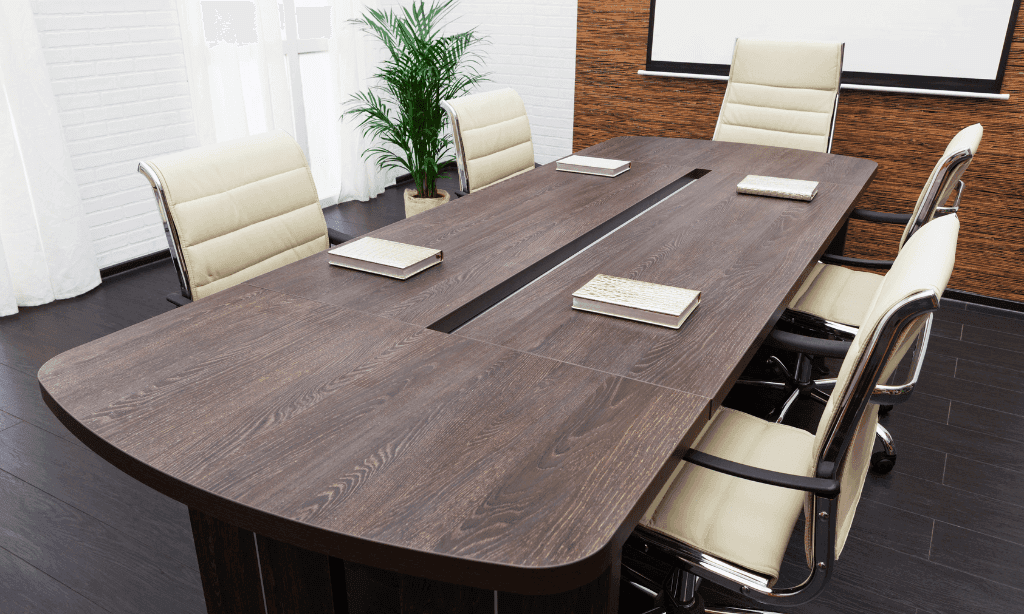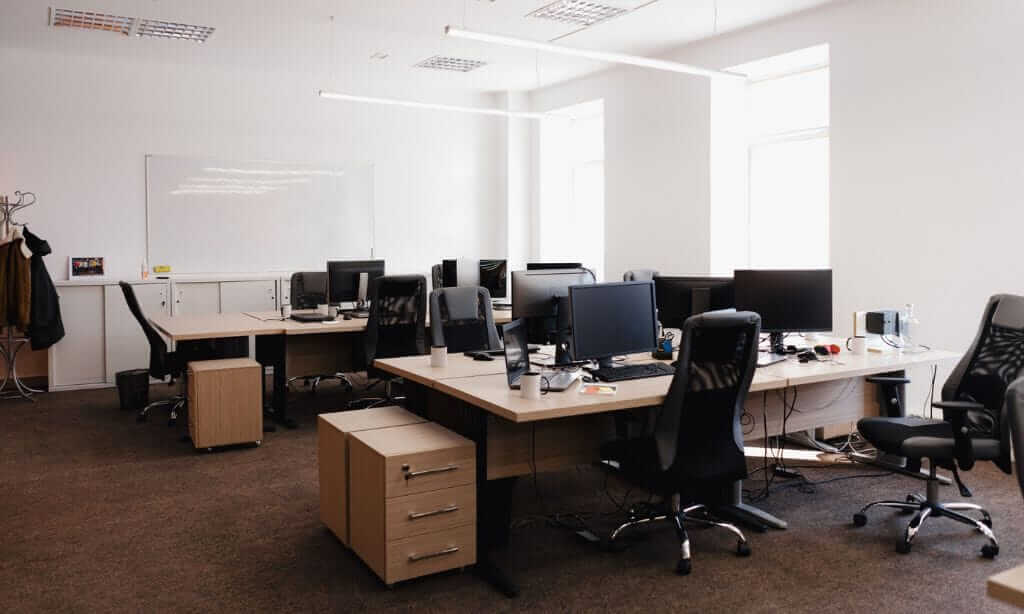Standing Desks vs Traditional Desks: The type of desk is crucial when considering how to create a productive workspace. A standing desk, for example, is now very popular because many people realize the importance of getting up at certain intervals, whether working from home or an office, between sitting. Here’s a helpful guide to making the choice.
This guide breaks down the benefits, drawbacks, and key features of both standing desks and traditional desks. By the end, you’ll have all the information you need to make the right choice for your lifestyle.
What Are Standing Desks?
Standing desks enable the user to work either standing or by alternating between sitting and standing. Most have height adjustments, making transitions easy. Modern designs and ergonomic features of most of these desks are made for healthier posture and higher energy levels.

Benefits of Standing Desks
The following are key benefits of a standing desk:
1. Improved Posture
Standing desks promote proper spinal alignment. Unlike slouching at a traditional desk, standing helps keep your back straight, reducing strain on your neck and shoulders. Over time, this improvement can minimize the risk of developing chronic back pain.
2. Boosted Energy and Focus
Do you ever feel drowsy after sitting for hours on end? Standing desks counteract this by pumping up blood flow and energy. When you are standing, you are less likely to feel tired, and this can sharpen your focus, especially in long work sessions.
3. Health Benefits
It is said that a sedentary lifestyle promotes numerous health concerns ranging from overweight and obesity, which lead to more serious medical issues like heart disease. Implementing standing activities can burn a greater number of calories and, hence, reduce the risk associated with prolonged sitting periods.
Disadvantage of Standing Desks
Here are some disadvantage of standing desk:
1. Fatigue and Discomfort
The legs and feet become sore, tired, or swell due to standing for a long period. This situation can be compensated through accessories such as anti-fatigue mats or supportive shoes.
2. Costing Issues
The standalone version of standing desks is usually more expensive than the traditional ones. The cost will be even higher when you get the high-end models of standing desks with advanced features such as motorized height adjustments.
What Are Traditional Desks?

Traditional desks are the oldest and most preferred in most homes and offices. These are fixed-height surfaces that allow for seated work. Available in different styles, materials, and configurations, they emphasize comfort and aesthetics but would need to add ergonomic features like supportive chairs for optimal posture.
Advantages of Traditional Desks
Here are the key advantage of traditional desks:
1. Comfort and Familiarity
Perfect for working on tasks requiring deep focus for long hours, traditional desks combine well with ergonomic chairs to allow for comfort and support during a long period in the office chair.
2. Versatile and Aesthetically Desirable
In terms of designing traditional desks, almost anything is possible. Traditional desks can fit various décor styles due to the range of options between sleek, modern desks and rustic wooden options.
3. Cost Effective
Compared to standing desks, traditional desks are generally more affordable. They also tend to have a longer lifespan, making them a budget-friendly investment for many users.
Drawbacks of Traditional Desks
1. Sedentary Lifestyle Risks
Sitting for prolonged periods is associated with health risks like obesity, diabetes, and cardiovascular problems. Traditional desks often promote a sedentary work routine, especially without regular movement breaks.
2. Limited Adaptability
Most traditional desks feature no adjustable factors, which poses a challenge if users have dissimilar heights and ergonomic needs, thus potentially setting them up to experience poor postures and discomfort if they spend quite some time writing at the particular desk.
Standing Desks vs Traditional Desks: What’s Right for You?
If you want to move more at work and have health as your priority, then a standing desk is the way to go. If you need comfort and are going to sit for long periods in one position, then a regular desk is a better choice.
An adjustable sit-stand desk is a great compromise. You can alternate between sitting and standing, which allows you to take advantage of both worlds.
Transform Your Workspace with Aadinath Furniture’s Height-Adjustable Desk!
Don’t settle for discomfort or compromise on your health. Upgrade to the ultimate productivity tool—a height-adjustable desk from Aadinath Furniture!
Make the switch to a smarter, healthier way to work. Whether you’re at home or in the office, Aadinath Furniture’s height-adjustable desk is your key to unlocking productivity and wellness.
Order Now and Take the First Step Towards a Better Workday!
Click below to explore our range and find the perfect desk for you:
Read Also:
- 10 Best Office Chairs For Work From Home
- 5 Best Ergonomic Office Chairs
- Why to Choose Aluminum Base Over Nylon Base
- Office Chair Buying Guide
Frequently Asked Questions
Q. Are standing desks better for your back than traditional desks?
Yes, standing desks can help improve posture and minimize back pain if used correctly.
Q. Can standing desks increase productivity?
For most people, standing leads to alertness and energy levels increase, thereby enhancing productivity.
Q. Is it better to switch between sitting and standing?
Of course! Alternation minimizes fatigue and enhances health.
Conclusion
Choose between a standing desks vs traditional desks depending on your needs, work habits, and budget. Both alternatives offer unique benefits: the health benefits of standing, the comfort and familiarity of sitting, and many more. Assess your priorities and, if possible, experiment with both options; the best solution usually involves a mix of sitting and standing.


